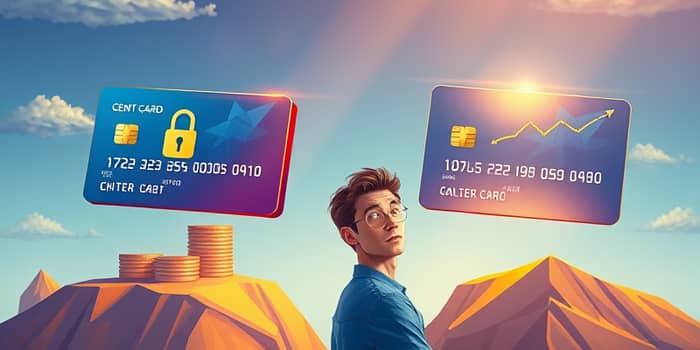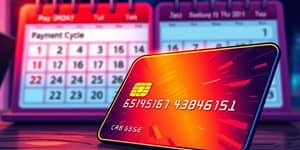
Choosing the right credit card is more than just swiping—it’s a strategic step towards financial freedom. Whether you’re rebuilding your credit or seeking top rewards, understanding the differences between secured and unsecured cards can empower your journey.
Credit cards fall into two broad categories based on risk and eligibility: secured and unsecured. Knowing how each works can help you make an informed choice that aligns with your goals.
Secured cards are often a gateway for those with limited or damaged credit, while unsecured cards reward established credit histories with lower rates and perks.
If you have little or no credit history, a secured card can be your first step towards building a positive profile. By depositing money as collateral, you reduce the issuer’s risk and get approved more easily.
Key benefits include:
Though interest rates and fees can be higher, focusing on timely, low-balance usage will minimize costs and maximize credit score gains.
Unsecured cards offer greater freedom and rewards for those with at least fair credit. Without holding your money in deposit, you unlock benefits that can save money over time.
Consider these upsides:
These cards often come with travel insurance, purchase protection, and other perks that add real value, but they demand consistent payment habits to avoid fees and rate hikes.
Every card application impacts your credit, so it’s essential to choose wisely. Reflect on your current credit status, spending patterns, and long-term goals.
Comparing APRs, annual fees, and rewards structures across multiple offers can reveal which card fits your lifestyle and helps you advance steadily.
Whether secured or unsecured, proactive strategies ensure you leverage every advantage:
1. Pay your balance in full each month to avoid interest charges and demonstrate reliability.
2. Keep utilization below 30% of your limit to boost your credit score and show responsible management.
3. Automate payments or set reminders to prevent late fees and negative marks on your report.
4. Review statements regularly for unauthorized charges and to track your spending habits.
Many issuers allow you to transition from a secured to an unsecured card after a period of consistent on-time payments—typically six to twelve months.
Steps to upgrade:
Request a review once you have built a record of punctual payments and kept your balance low.
If approved, your deposit is returned or applied to your new unsecured account, marking a milestone in your credit journey.
Credit cards, when managed wisely, are powerful tools for unlocking financial opportunity, from lower borrowing costs to exclusive travel perks. Whether you start with a secured card or dive into an unsecured option, your actions today define your tomorrow.
Embrace the learning process, celebrate small victories like the first on-time payment or credit limit increase, and stay focused on long-term financial health. Every thoughtful decision brings you closer to the freedom and confidence that come with strong credit.
References













